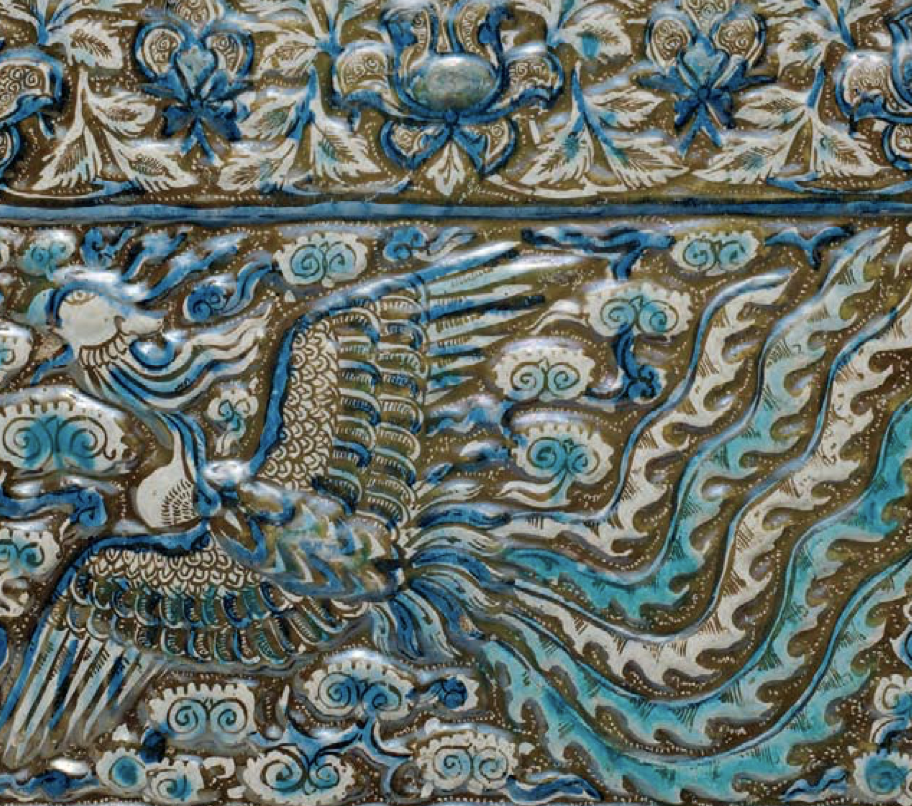Art of the Islamic World: A Resource for Educators—Unit 7: Trade and Artistic Exchange. (n.d.). The Metropolitan Museum of Art. https://www3.metmuseum.org/learn/educators/curriculum-resources/art-of-the-islamic-world
Unit Seven of the MET Museum Art of the Islamic World features information about trade and artistic exchange. This unit includes two chapters to highlight the artistic relationship across various areas in the Muslim world and beyond. Chapter One, Ceramics in China and the Near East, showcases the artistic exchange between the two societies from the 10th to 17th century. This chapter includes topics such as trade and travel, artistic interconnections and the importance of ceramics. Examples of featured art are bowls and drinking vessels. Chapter Two, Venice and the Islamic World, showcases the evidence that exchange in works of art occurred between these two societies. This chapter includes topics such as Venice and Mamluks and the Islamic impact on Venice. Examples of featured art are lamps and velvet fragments. Each chapter includes a lesson plan that teachers can use in subjects such as language arts, art, and world history. Teachers can also use this unit’s lesson plan/s when teaching topics in relation to artistic exchange. Grade level: middle school.
The Teaching Against Islamophobia resources were developed with funding support from the Law Foundation of BC, and the Centre for Comparative Muslim Studies at SFU.



